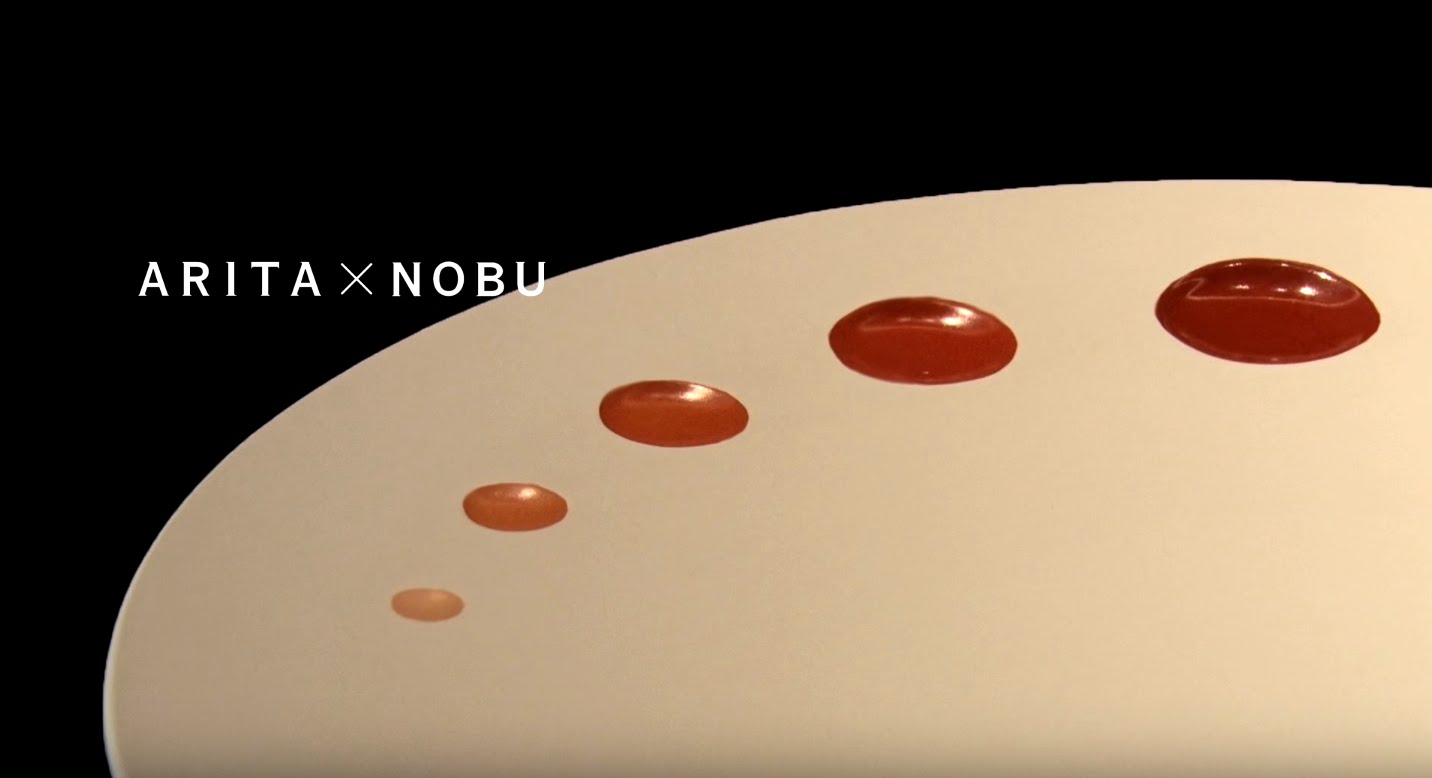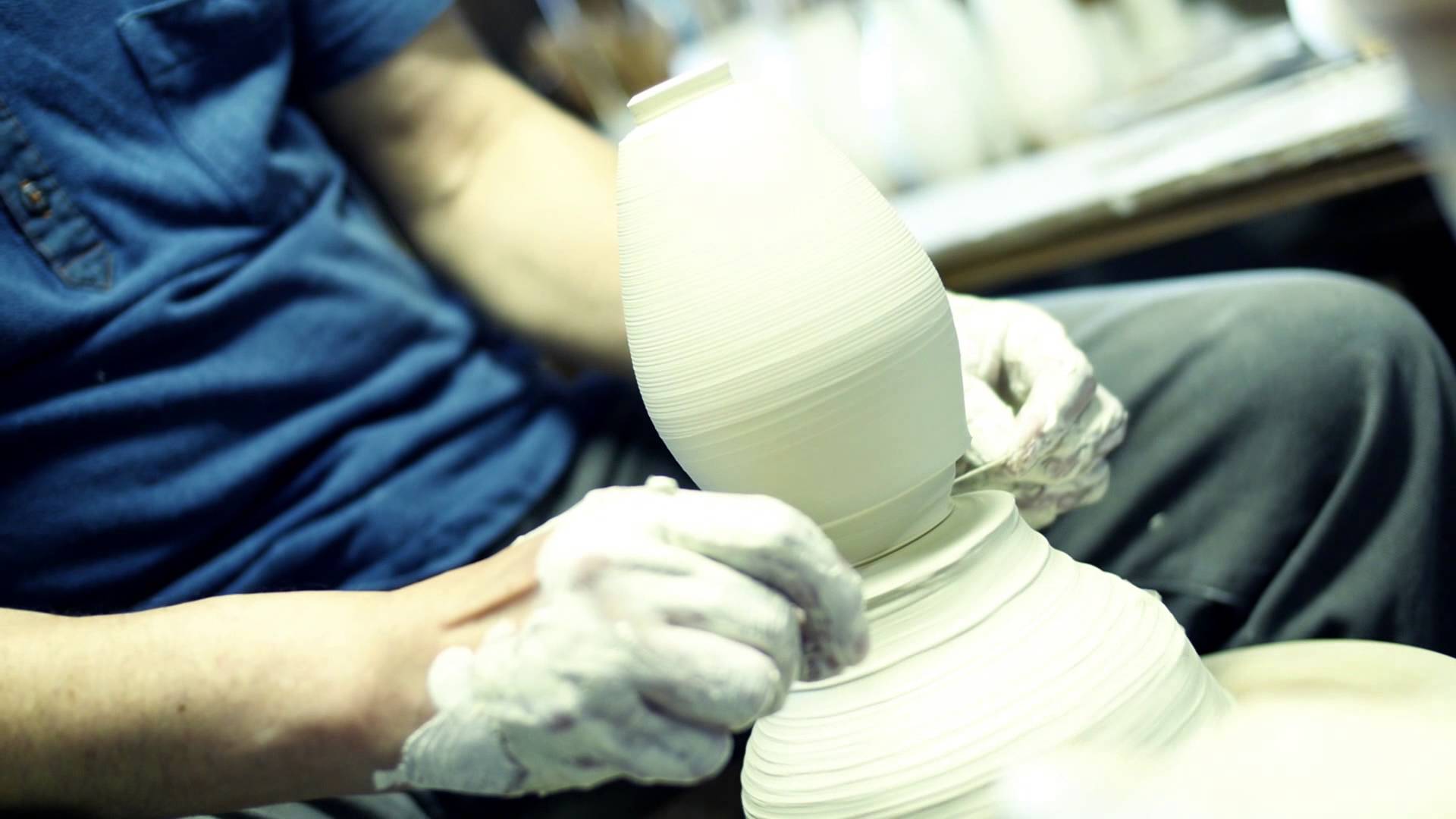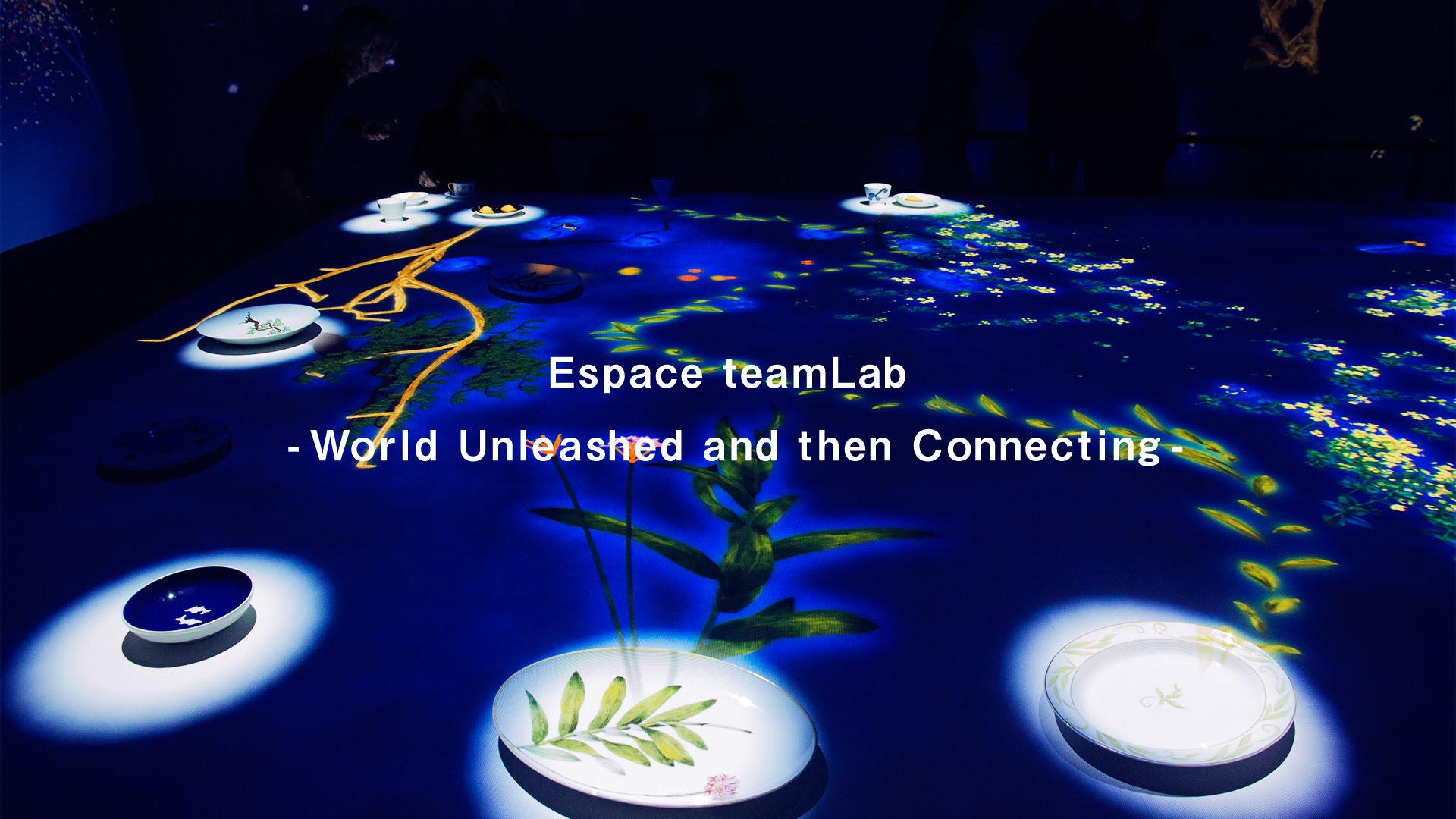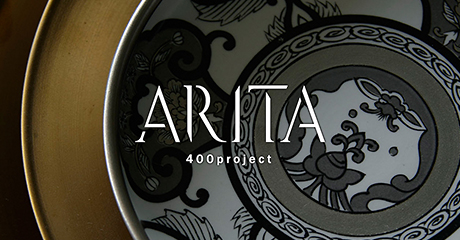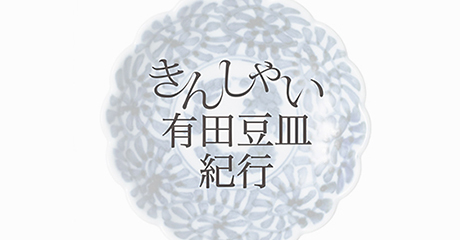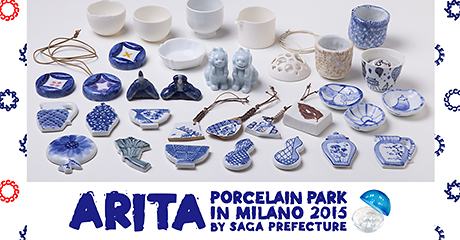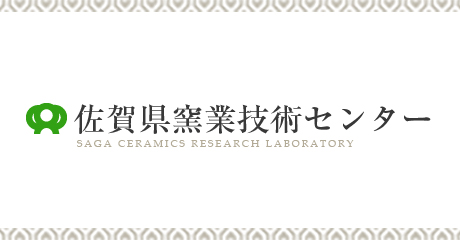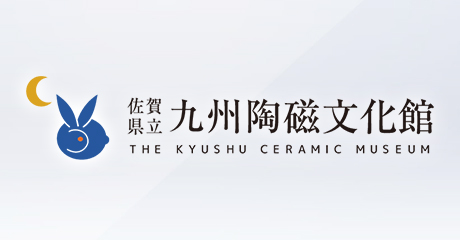009
The Roots of Arita Porcelain Written in the Ruins, Great Excavations & the Truth
From January 20 to March 13, 2015, an archaeological dig and research took place in the Yanbeta Ruins located in Kuromuta, Arita Town. This site is one of the places where the first iroe porcelain (painted overglaze enamels) was produced in Japan, and during the dig, in addition to iroe porcelain shards, tea bowl potsherds from the Jingdezhen Kiln in China, and broken pieces of an akae kiln were unearthed. What do these artifacts mean to our history? This article unearths the truth beneath the Great Excavation Project, as it explores the roots of Arita porcelain.
Yanbeta Ruins uncovering the history of iroe porcelain techniques
Arita Town has 66 multi-chambered climbing kiln sites, one of which the Yanbeta Kiln Ruins, a designated National Historic Site, is considered to have produced early period iroe porcelain in the 1640s to 1650s. The remains of nine climbing kilns were discovered on the site along with a large quantity of iroe base materials and a small number of iroe shards.
The Great Excavation Project is a part of the 400th anniversary celebrations of the foundation of Arita porcelain, and an archeological dig and research was held in the Yanbeta Ruins (1600 to the 1650s) located in the south of the Yanbeta Kiln site; in 1998 in this location a number of buildings and iroe porcelain shards were uncovered, and it was assumed to be a studio site of the Yanbeta Kiln.
This project is different from the more usual administrative excavation accompanying land development or the like; it is an archeological excavation aiming to reexamine historical and academic interpretations because research into the Yanbeta Ruins has a significant role to play in clarifying the history of iroe porcelain techniques, leading to a deeper understanding of the roots of Arita porcelain.

Introducing techniques in the Jingdezhen style, the internationally renowned pinnacle of porcelain production
About 30 years after the start of porcelain production, iroe porcelain was born in Arita. The beginning of the story finds Jingdezhen in China, a global porcelain production center, unable to export ceramics abroad due to domestic upheavals, and to fill this vacuum, Arita came to the fore as a substitute production center. However, orders from abroad were for Chinese style iroe porcelain. Unfortunately Arita's production was based on the Korean Peninsula style techniques, and having no experience of iroe, Arita set about introducing Chinese style techniques to emulate and develop the same product style as Jingdezhen. The developed style is recognizable by its larger foot diameters for dishes and the like, within which an inscription and circular lines are applied; the outer sides were decorated with patterns, which can be traced through into the present-day products.
From the Yanbeta Ruins, to date, more than 600 iroe porcelain shards, and shards of Jingdezhen-made "Xiang-rui style oval-shaped tea bowl" have been unearthed, which allows us to guess that the potters diligently strived to develop their technique by following the actual works of Jingdezhen, renowned in its day as the world's greatest porcelain production center.
The pieces produced in this site were large-sized products giving a strong impression, such as large dishes with rich color tones of deep purple, green, and yellow; known as the Kokutani style, its name infers that the ceramic ware currently classified as Kokutani used to be fired in Arita.
Kokutani Arita theory firing up a controversy in the history of ceramics in Japan
「Kokutani ware was usually considered to have been fired in the Kutani Kiln in Ishikawa Prefecture; however, around 1955, a time of great progress in the research of Japanese ceramic history, a theory that Kokutani ware actually is early iroe porcelain fired in Arita was becoming the mainstream.
Nobuyuki Murakami, a curator of Arita Town Board of Education, who has been researching the Kokutani Arita theory for many years states, "Formerly, differences in product styles were considered due to differences in production centers, but as the research made progress, it has been made clear that differences in styles do not depend on locations, but on the production period."
With the finding of such a massive quantity of iroe shards, there is a strong possibility of confirming the Kokutani Arita theory; in addition, the discovery of the site of an akae kiln to fire iroe porcelain is expected to weigh in as decisive evidence. To produce iroe porcelain, patterns are depicted using overglaze enamels on a base first fired in a climbing kiln, and then fired again in an akae kiln at a low temperature to complete the work. The presence of so much rubble and bits of the akae kiln at the Yanbeta Ruins certainly indicates the existence of an actual akae kiln, and if more such traces are discovered, there is no doubt that a great shock wave will shake up Japanese ceramic history.


What is Arita porcelain? Exploring its roots
Japanese iroe porcelain, beginning from simple copying, soon established its unique style by absorbing a particular Japanese sense of beauty and value. Arita went on and grew into a core production center of the world, and has kept changing its style in response to the needs of consumers across the globe. Although it has made myriad changes in keeping with the times, the origins of Arita's great leap on to the world stage can be precisely attributed to the introduction of Jingdezhen style techniques.
The ultimate purpose of the Great Excavation Project is by deeply excavating the ground we discover Arita's identity and answer the question, "What is Arita porcelain?" Greater knowledge of Arita's history can only guide us into the future of Arita porcelain. On February 28, at the Yanbeta Ruins an onsite meeting was held for the general public.
About 100 visitors including ceramic lovers listened keenly to explanations by the staff. The Project is a three-year plan, with another excavation and further research scheduled until March 2016. At present, as if searching for a key to unravel the mystery, the Project is still gathering missing pieces of the past; however, every time a single piece fits neatly into place, a little more light shines in the dark. What new discoveries are waiting for us? We are looking forward to revealing the future.




